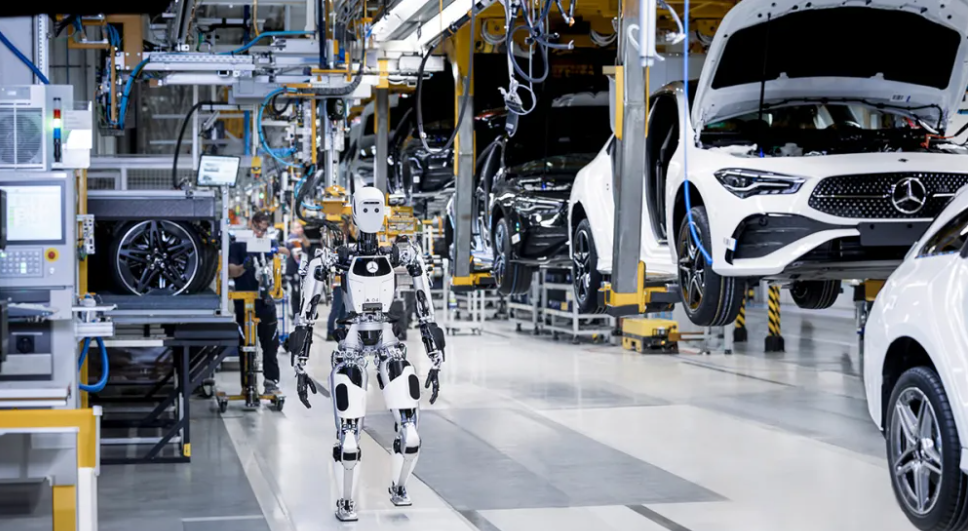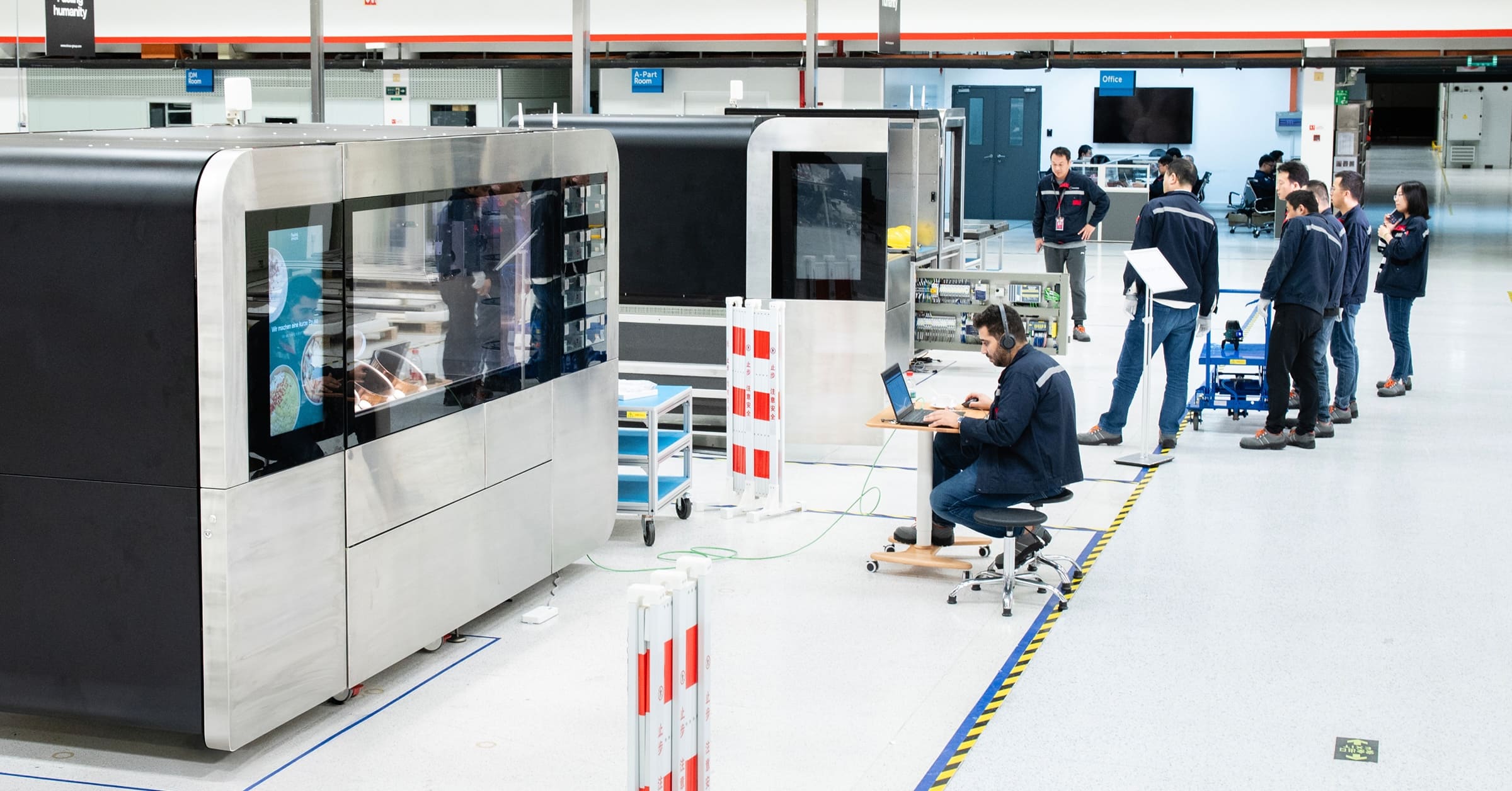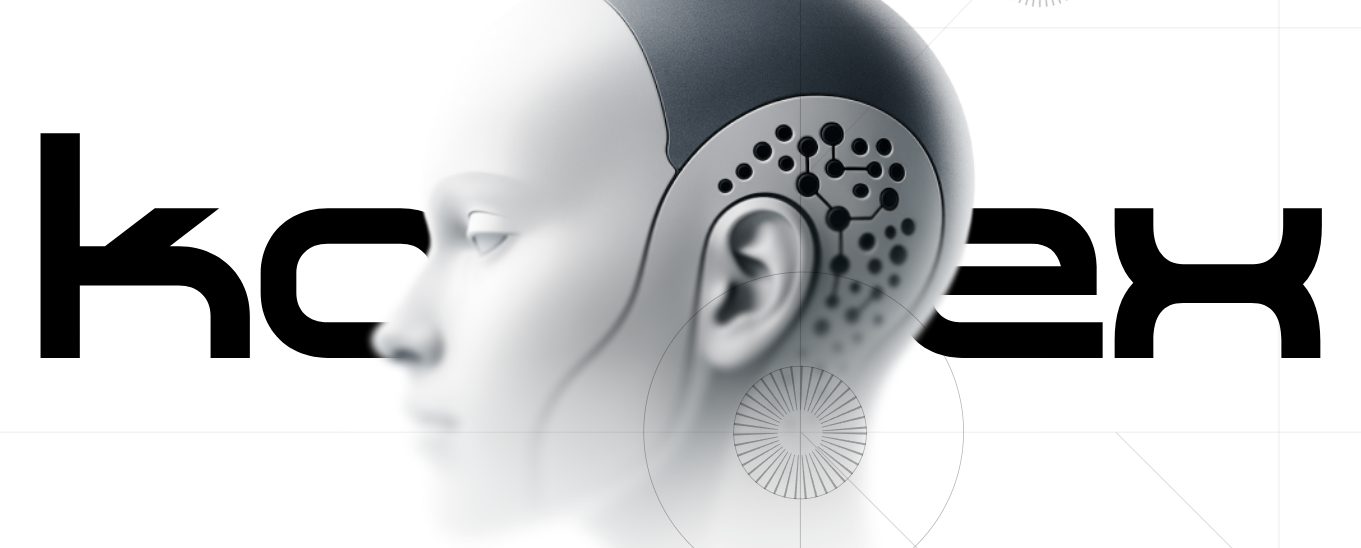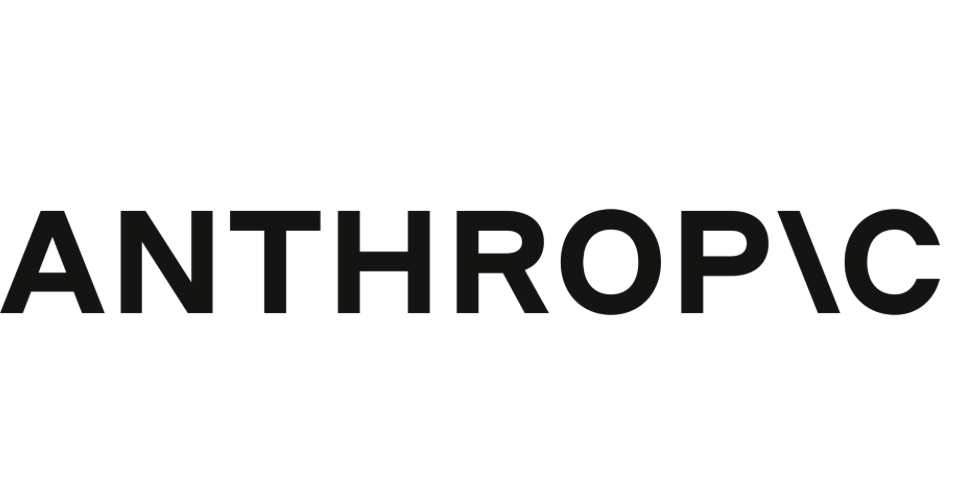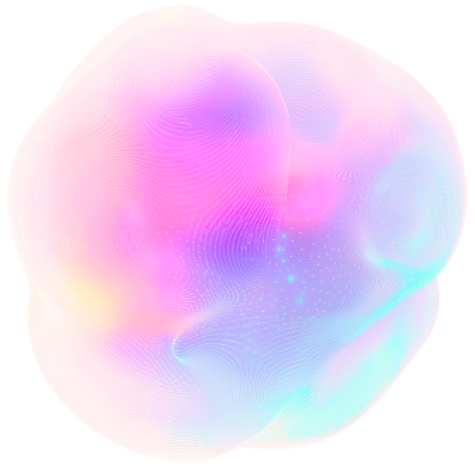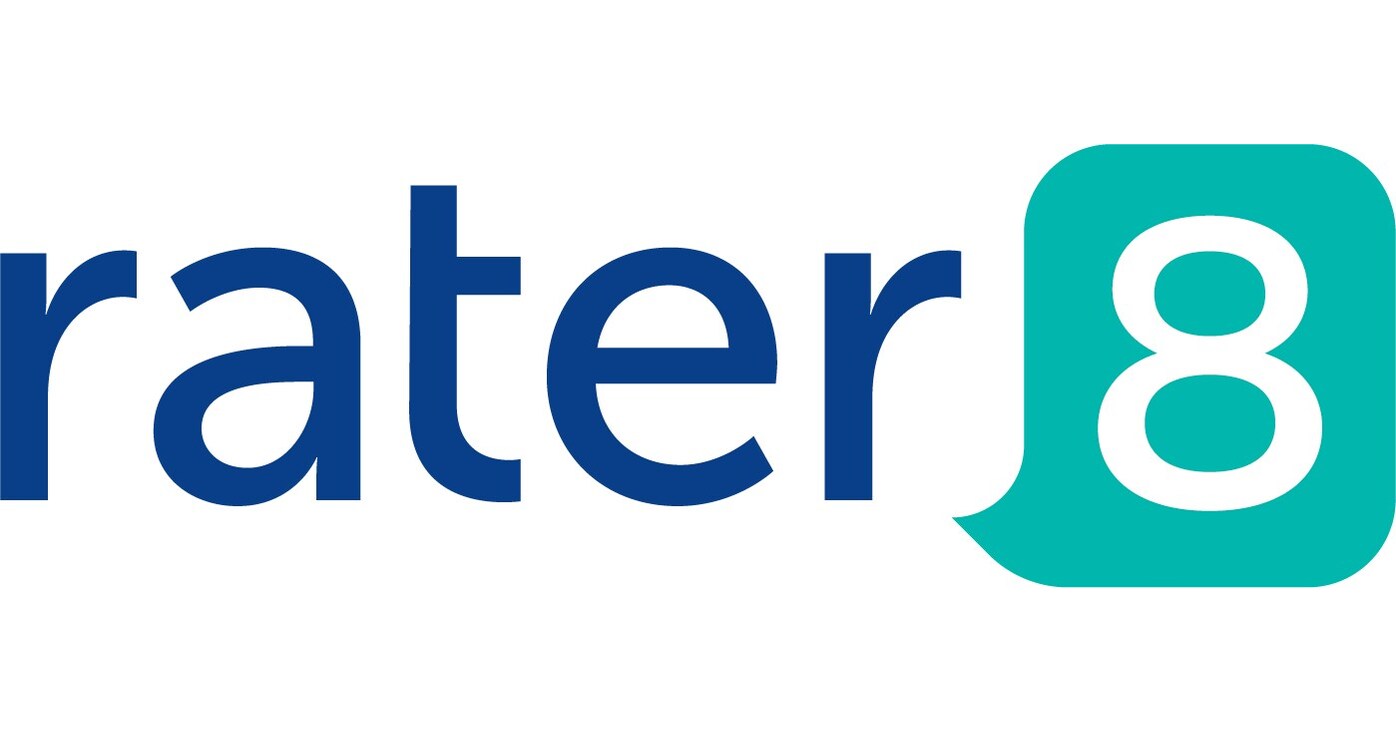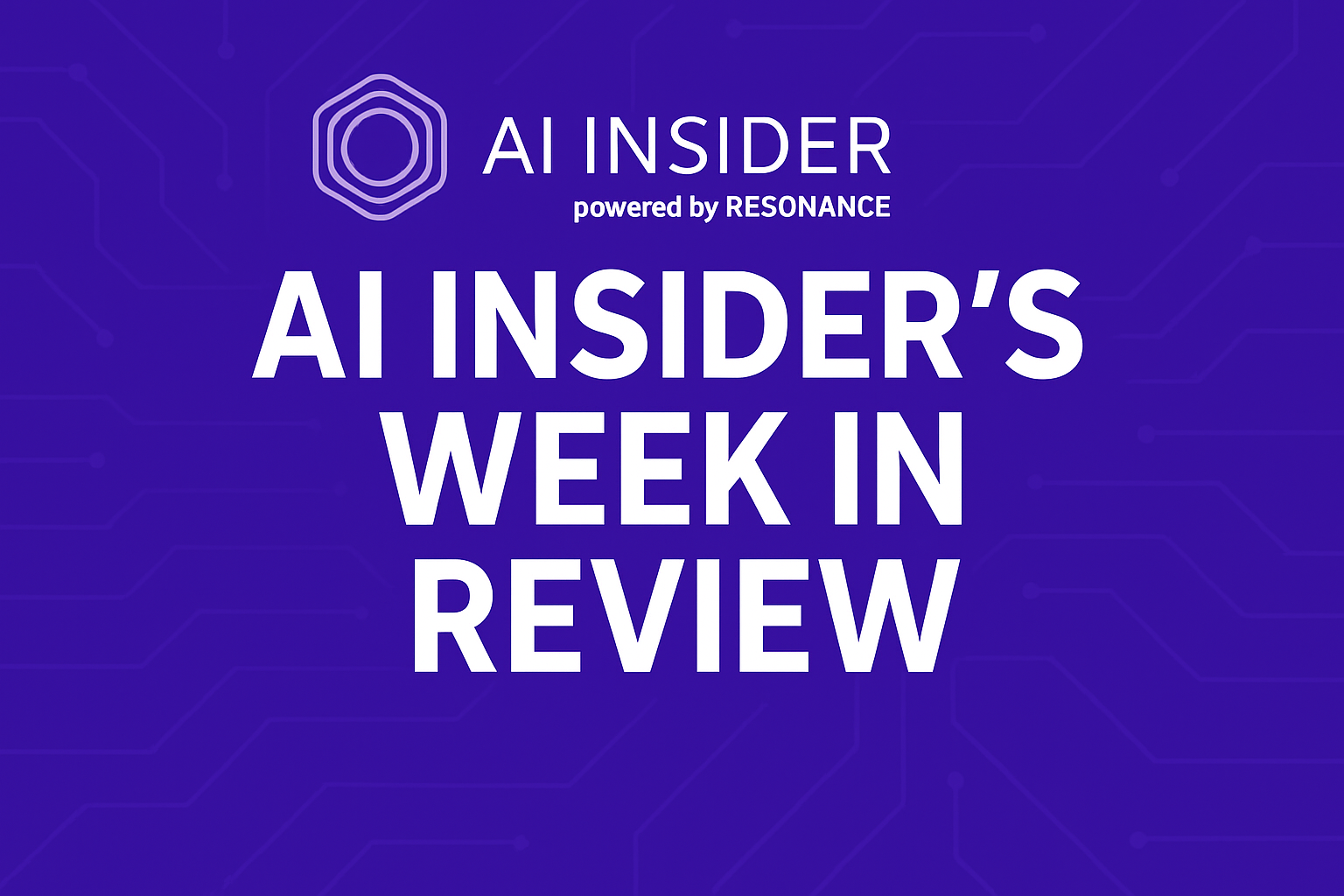The concept of robotics has transcended beyond mere assembly line machines, venturing into the realm of artificial intelligence (AI) and humanoid robotics. This transition echoes the visionary narratives of Czech playwright Karel Čapek, who introduced the world to the term “robot” in his dystopian play “RUR,” and Isaac Asimov, whose Three Laws of Robotics laid the groundwork for the ethical framework surrounding these autonomous agents.
The recent announcement by German automaker Mercedes-Benz and humanoid robot developer Abtronic about their collaboration on the deployment of humanoid robots, such as Apollo, in Mercedes-Benz production lines, marks a significant milestone in the integration of AI with industrial robotics. This partnership underscores the practical applications of humanoid robots in industries, emphasizing their role in optimizing production processes without necessitating extensive facility upgrades for robot use over human use. The humanoid robot Apollo, standing at 173 cm and capable of lifting loads up to 25 kg, is designed to work seamlessly alongside humans, embodying the fusion of AI and robotics in creating flexible, efficient, and human-centric industrial environments.
NVIDIA’s introduction of a multimodal AI, dubbed Groot, for future androids, further amplifies the significance of AI in industrial robotics. Groot’s ability to understand natural language, mimic human movements, and quickly adapt to various tasks by learning coordination and dexterity highlights the advanced capabilities AI brings to robotics. This development not only enhances the operational efficiency of humanoid robots but also expands their application scope within industrial settings, making them invaluable assets for tasks requiring high precision and adaptability.
The progress in AI research and its implications for humanoid robotics signal a pivotal shift towards achieving general artificial intelligence (GAI), a stage where AI acquires human-like capabilities across multiple domains. This transition from narrow AI to GAI represents a leap towards creating machines that can function with a level of intelligence parallel to human cognition, thereby elevating the role of industrial robotics from mechanistic tasks to complex problem-solving and decision-making processes.
The European Parliament’s recent enactment of the Artificial Intelligence Act, which regulates the use of AI based on risk categories, illustrates the growing awareness and need for ethical guidelines in the development and deployment of AI and robotics. By distinguishing between unacceptable, high-risk, limited risk, and minimal risk AI applications, the legislation aims to ensure that advancements in AI, including its integration with robotics, are aligned with societal values and do not compromise human rights or safety.
The trajectory of industrial robotics, propelled by exciting developments in AI, mirrors a journey towards creating autonomous systems that are not only capable of performing tasks with unprecedented efficiency but are also cognizant of the ethical implications of their actions. As we stand on the cusp of a new era in robotics, it is imperative to navigate this transition with a balanced approach that fosters innovation while ensuring the responsible use of AI. The collaboration between industries, AI developers, and legislative bodies plays a crucial role in shaping a future where industrial robotics redefine productivity, creativity, and ethical standards in the technological landscape.
Featured image: Credit: Apptronik
